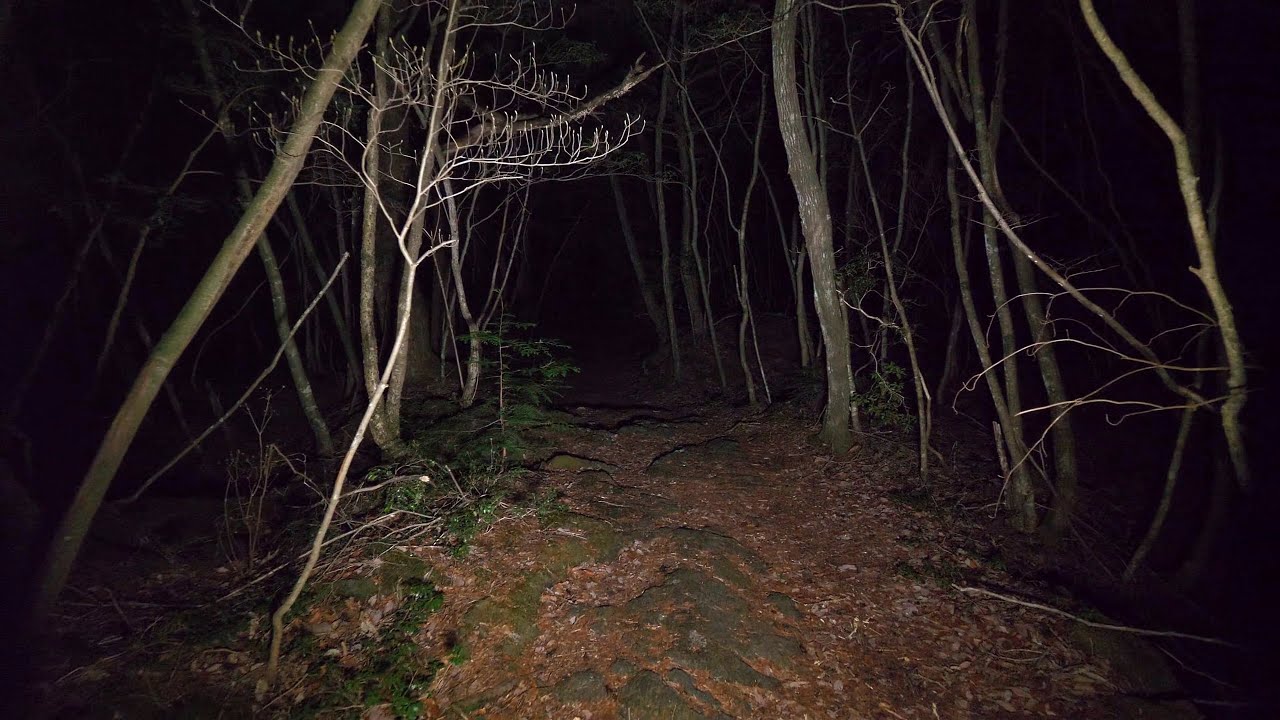
when Horror Yearbook – Aokigahara Forest, also known as the “Sea of Trees,” lies at the base of Mount Fuji in Japan. It is a dense, tranquil forest known for its natural beauty and eerie silence. However, beyond its moss-covered trees and lava rock trails, Aokigahara carries a haunting reputation that has captured global attention. Known worldwide as the “Suicide Forest,” it has become infamous for the large number of people who have chosen it as the site of their final moments.
Though breathtaking and serene on the surface, Aokigahara’s silence tells a darker story—one that intertwines with cultural stigma, mental health, and centuries-old myths. Understanding the reality of this forest means looking beyond the sensational headlines and recognizing the deeper struggles it represents.
Aokigahara spans about 35 square kilometers and sits on hardened lava left by Mount Fuji’s last major eruption in 864 CE. The unique geology makes compasses unreliable, which often causes hikers to lose their bearings. Trails wind through thick, twisted trees, while sunlight struggles to reach the forest floor. This natural silence adds to the forest’s mysterious atmosphere.
Historically, Aokigahara has been linked to dark legends. Some tales speak of ubasute, the mythical practice of leaving the elderly to die in remote places during times of famine. While not officially confirmed to have occurred in Aokigahara, the association with death has long existed in local folklore. Stories of yūrei, or restless spirits, are also part of the forest’s legend and continue to fuel its chilling image.
“Read about: Baba Yaga: The Terrifying Witch of Slavic Folklore”
Since the 1950s, Aokigahara has been associated with suicides, and the forest sees numerous attempts each year. While exact numbers are no longer publicly reported to reduce media sensationalism, estimates suggest that dozens of lives are lost annually.
Local authorities and volunteers regularly patrol the forest. Signs urging people to reconsider and think of their families are posted throughout, written in both Japanese and English. Despite these efforts, Aokigahara continues to attract those in despair, partly due to its isolation and the cultural weight it carries.
Japan’s high suicide rate has many causes—ranging from social isolation, financial stress, academic pressure, to stigma around mental health treatment. Aokigahara has become a tragic symbol of these struggles.
“Read more: Embracing a Healthy Lifestyle: Tips for Well-being and Balance”
International media has sensationalized Aokigahara’s tragic reputation. Documentaries, YouTube videos, and even horror films have spotlighted the forest, often focusing on its ghost stories and morbid allure. Some content creators have been criticized for exploiting the subject without sensitivity or understanding.
This portrayal has drawn curious tourists and thrill-seekers, many of whom visit the forest without grasping its emotional weight. Authorities have tried to protect both the forest and those suffering by discouraging disrespectful tourism and increasing educational efforts about suicide prevention.
It’s important to remember that Aokigahara is not just a location for fear-driven stories. For many Japanese people, it is also a site of reflection, mourning, and the need for better mental health support.
Efforts have been made by local governments and nonprofits to address the forest’s tragic legacy. Patrols, mental health campaigns, and information stations now operate within and around Aokigahara. Volunteers often leave ribbons tied to trees to mark their paths and help locate individuals who may be at risk.
Crisis hotline numbers are posted near parking areas and entrances. The goal is not to erase the forest’s history but to shift its narrative from tragedy to healing. These measures emphasize the importance of human connection and early intervention.
Public dialogue about mental health in Japan is slowly changing. Younger generations are beginning to talk more openly about depression and therapy. Support systems are growing, though there is still work to be done.
Aokigahara Forest remains a powerful symbol within Japanese culture and beyond. It reflects the quiet pain that many experience and the importance of compassion and awareness. While myths and legends surround its trees, the human stories rooted within it are real.
Instead of fear, the forest deserves respect, understanding, and careful attention to the issues it represents. Aokigahara is not simply haunted by ghosts—it is haunted by silence, both physical and emotional. Breaking that silence may be the first step toward healing.